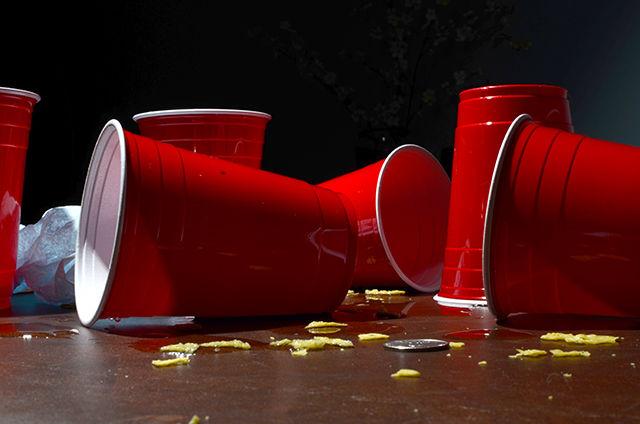Let’s face it, summer is not that pleasant anymore. Daily temperatures are averaging 90 degrees, and humidity is reaching daily highs of 80 and 90 percent. In my mind, the only way anybody could possibly enjoy themselves in this disgusting North Carolina weather is if you are laying in the shade with a fan blowing on your face while you are drinking a very cold beer. Now we are talking sanity.
As a consumer, you may think you have what it takes to choose your beer: taste buds and a thirsty throat. Think again. There is more to beer than fun, and the consequences of your drinking sessions go beyond many frequent visits to the toilet. Beer production puts heavy pressure on dwindling resources, like in the Mexican municipality of Nava.
Against common belief, Americans are actually pretty decent beer drinkers by global standards. Of course, you can’t say that to a Czech or an Austrian, where annual beer consumption per capita averages 400 and 295 beer cans in a year, respectively. But the reality is that the United States is at the top of beer consumption on the American continent. In the U.S., the average person drinks more or less than 214 beer cans in a year, meaning that Americans as a whole drink a little bit more beer than they do milk and coffee.
Moreover, in the 15 weeks between Memorial Day and Labor Day, beer and malt beverage sales tend to surpass $11 billion. The top beer brands tend to be Bud Light, Coors Light and Budweiser. But if you have a taste for foreign alcohol, you will most likely be drinking Corona Extra — the most popular imported beer in the U.S. and one of the top-selling beers worldwide.
The Corona Extra that’s sold in the U.S. is produced by the U.S.-based firm Constellation Brands (CB) in Mexico. CB runs a brewery in Nava, near the border with Texas. The brewery is huge, and it is growing. By 2017, the facility will have installed capacity to produce 20 million bottles of beer per day — that’s a lot of beer. To produce that much beer, CB needs a lot of water — yes, it may have slipped your mind, but most of what you drink (80-95 percent) in beer is actually water.
Northern Mexico is extraordinarily dry. It doesn’t have a lot of rain, so water scarcity is a binding concern. What is ironic is that local governments representing various municipalities near the CB brewery don’t have legal access to the necessary 100 liters of water per second to give local households to drink or use in their homes. However, there is enough water for an American firm to produce the beer that will satisfy America’s thirst for imported alcohol.
When CB purchased the brewery in 2013, the Coahuila government gave them legal permits to use land and water sources liberally. According to the mayor of a nearby municipality, CB draws 1,200 liters of water per second from local wells.
These kinds of special concessions made for foreign entities, like CB, are driving towns in the state of Coahuila dry and compromising the livelihood of locals. Even though the state government is responsible for the protection of current water crisis, nobody seems to be looking into the legality behind this crisis — mainly because there is a lot of money on the table. Yes, when revenues from foreign direct investment are at stake, politicians are willing to overlook certain injustices.
There isn’t a silver bullet to tackle what is ultimately a mediocre system built on loose rule of law, plagued with corruption and opportunities, to cheat the vulnerable and poor at the expense of the wealthier and the powerful. But if I were you, in what remains of the summer, I’d think a little bit about the environment of Northern Mexico, about Northern Mexicans and their precious water resources, about U.S. firms with privileged contracts, about Mexican officials with privileged salaries — and I’d drink a Heineken instead.














